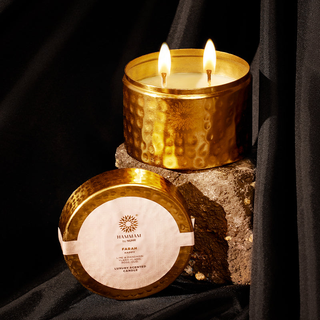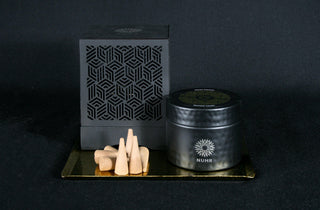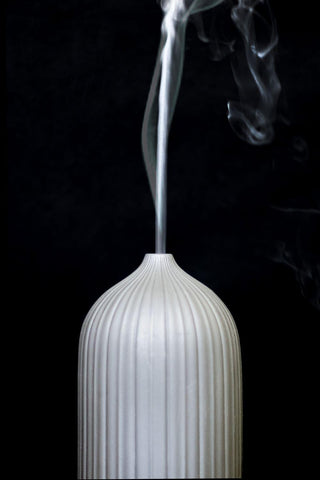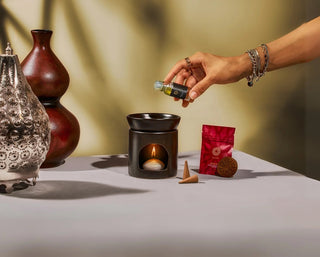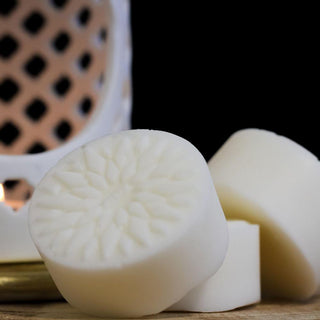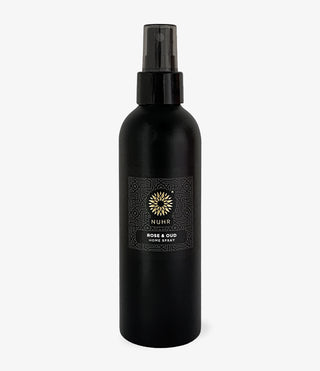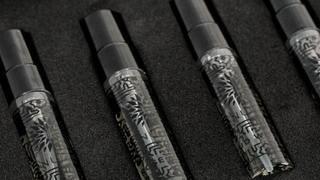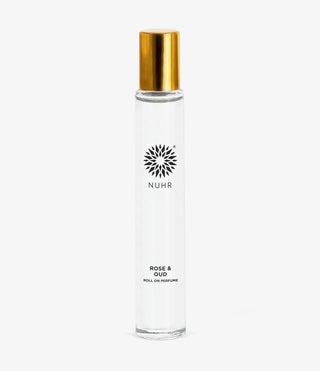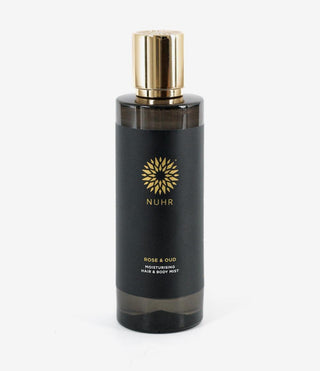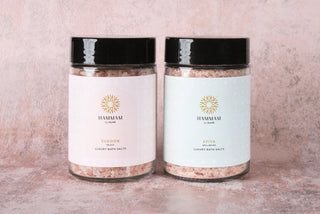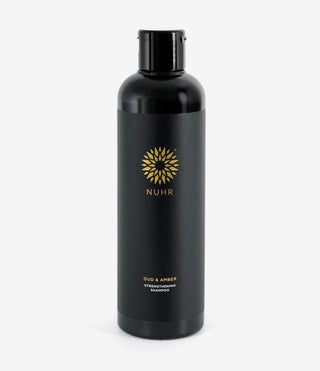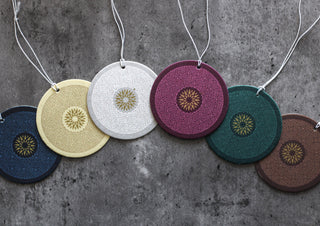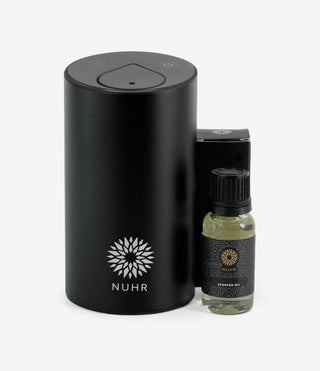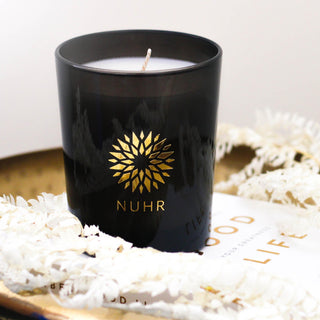A candle wick is a cotton core that is used to draw the molten wax up the wick. This allows the heat from the flame to vaporize the liquid wax, which then diffuses the light and scent of the candle.
Types of candle wicks
There are a few different types of candle wicks that can be used in order to create the perfect flame. The most common type of wick that is used is a cotton core wick. This type of wick is known for its ability to create a steady and consistent flame. Another type of wick that can be used is a wooden wick. This type of wick is known for its ability to create a more unique flame, however it is more unstable and more dangerous.

Different types of candle wicks
Different types of candle wicks have different benefits and drawbacks. Wood wicks are bad because they can produce a lot of soot. Cotton wicks are good because they produce much less soot.
Take a look at our Luxury Oud Candles, which have a cotton core wick.
Where does candle wax go?
When you light a candle, the heat of the flame melts the wax near the wick. This liquid wax is then drawn up the wick by capillary action. The heat of the flame vaporises the liquid wax (turns it into a hot gas) and starts to break down the hydrocarbons into molecules of hydrogen and carbon. These vaporised molecules are drawn up into the flame, where they react with oxygen from the air to create heat, light, water vapor (H2O), and carbon dioxide (CO2).
What gas is the burning candle producing during combustion?
When we burn a candle, the heat of the flame vaporises the liquid wax in the wick, producing a hot gas. That gas is mostly composed of molecules of carbon dioxide and water vapour. But there are also small amounts of other gases, including nitrogen oxide and carbon monoxide. The exact composition of the gas depends on the type of wax that's used. For example, we use soy wax for our candles. When soy wax burns, it produces more carbon dioxide than water vapour.

Check out our Luxury Oud Candles.


